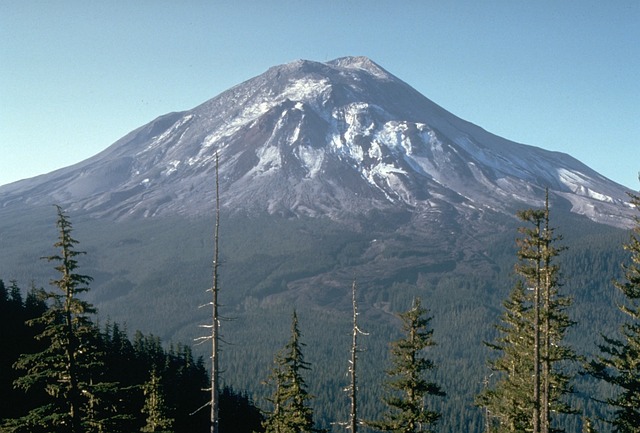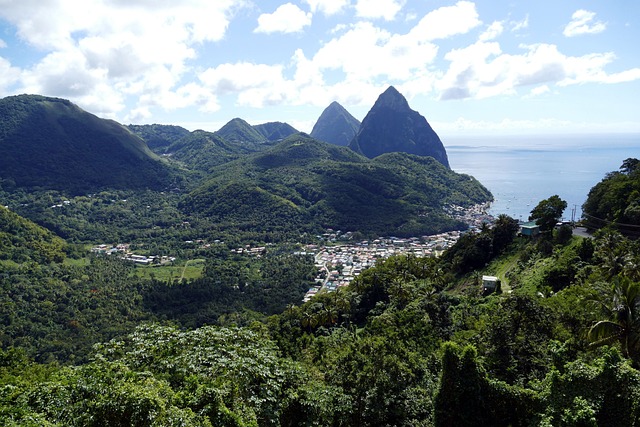High desert county seats, vibrant hubs in the remote landscape, offer unique real estate opportunities with historic downtowns, modern offices, and affordable prices. These centers play a vital role in regional governance, economic growth, and community development, attracting nature enthusiasts and urban seekers alike. The harsh climate and expansive spaces present challenges and advantages, making these areas an investment hotspot with growing economic prospects and infrastructure upgrades, catering to diverse real estate preferences.
In the heart of regional governance, county seats play a pivotal role, shaping the identity and development of high desert communities. This article delves into the unique dynamics of these urban centers nestled in the vast expanse of the high desert, exploring both their challenges and advantages as real estate investments. From understanding the essence of county seats to analyzing current trends and projections for future growth, we uncover insights that shed light on the allure and potential of high desert real estate.
Understanding County Seats: The Heart of Regional Governance

County seats, often bustling hubs within the high desert landscape, serve as the heart of regional governance. They are more than just administrative centers; they are dynamic communities that play a pivotal role in shaping the lives and economies of their surrounding areas. In terms of real estate, county seats typically boast diverse property options, from historic downtown districts to modern office spaces, reflecting their status as economic and cultural magnets.
Understanding the significance of these seats is crucial for anyone interested in the dynamics of local governance and development. As centers of influence, they facilitate the coordination of services across vast stretches of desert, ensuring that resources are allocated effectively. This, in turn, drives economic growth, attracts diverse populations, and creates a vibrant tapestry of activities that contribute to the overall well-being of both urban and rural communities within their jurisdiction.
Unique Challenges and Advantages of High Desert Real Estate

The high desert landscape presents a unique set of challenges and advantages for real estate development. One of the primary challenges is the harsh climate, characterized by extreme temperatures, low humidity, and sparse rainfall, which can make construction and maintenance more costly and complex. Additionally, the remote locations of many high desert counties mean limited infrastructure and reduced access to essential services, impacting both development costs and potential residents’ quality of life.
However, these harsh conditions also offer distinct advantages. The lack of dense population allows for expansive, open spaces with stunning views and a sense of seclusion that urban dwellers often crave. The arid climate is favorable for year-round outdoor activities and has attracted a growing community of individuals who appreciate the serene beauty and unique opportunities offered by high desert regions. Real estate in these areas can appeal to those seeking a quieter, more natural lifestyle while providing an attractive investment prospect due to the relatively untouched landscapes and potential for future development.
Investing in the Future: Trends and Projections for County Seat Properties

Investing in real estate within county seats located in high desert regions is experiencing a surge in interest, driven by a growing recognition of their untapped potential. These areas offer a unique blend of affordability, stunning natural landscapes, and emerging economic opportunities that appeal to both residents and businesses alike. As urban sprawl continues to exert pressure on traditional metropolitan centers, many are turning towards these secondary market locations for sustainable growth prospects.
Trends indicate a shift towards more strategic investments in county seat properties. Developers and investors are increasingly focusing on revitalizing historic downtowns, promoting mixed-use developments that blend residential, commercial, and retail spaces. This approach not only fosters community engagement but also stimulates local economies. Projections suggest that continued infrastructure development, coupled with improving connectivity, will further enhance the desirability of these areas, making them attractive options for real estate investors seeking both short-term gains and long-term growth.






